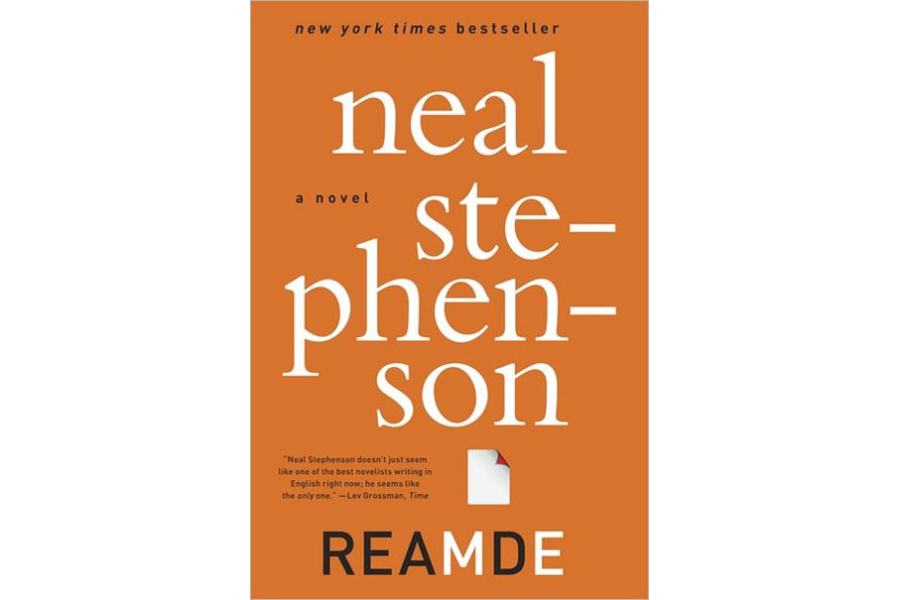Centuries of fighting over the apostrophe
In Neal Stephenson’s novel “Reamde,” two famous fantasy authors get into a bitter battle over apostrophes. One is a novelist in the mold of J.R.R. Tolkien, who scrupulously constructs languages for the cultures he invents; the other fills his fictional worlds with names that look “cool”: “K’Shetriae,” “D’uinn.” The Tolkien figure is offended by this wanton punctuation and attacks his fellow author: “[T]he apostrophe is used to mark an elision” – just what is it replacing in these words? When the creator of T’Rain cannot answer, the “Apostropocalypse” begins.
In English, although perhaps not in the languages of T’Rain, apostrophes often do indicate that something has been omitted from a word. Can’t is a contraction of cannot, the apostrophe replacing the letters “no.” The same goes for she’d’ve (she would have) and o’clock (of the clock), etc. But what is the apostrophe replacing in possessive nouns such as “the child’s” or “tomorrow’s”?
One theory holds that the apostrophe is standing in for a pronoun such as his because of a construction popular in the 16th and 17th centuries. At that time, one way of expressing the genitive, or possessive, case was to use phrases like “Robert Mellor his book” (Robert Mellor’s book) or “the prince his son” (the prince’s son).
According to a rival theory, the possessive apostrophe originated as a way to clear up confusion caused by a different form of the genitive. In Middle English, the plural and the genitive singular were both formed by adding es to a noun, making it difficult to tell them apart. During the Renaissance, printers began to replace the e with an apostrophe to make clear that a noun was possessive.
The use of ’s came to be the form of choice to mark possession, which led to a real-life apostropocalypse in the 18th century. Some grammarians thought an apostrophe was always necessary, even in pronouns, and that forms such as her’s, our’s, your’s and their’s were proper. Some rebelled against its tyranny and declared that of is “the only true Sign of the Genitive Case” – rather than writing “the queen’s horses,” it should be “the horses of the queen.”
We now have a rough consensus that an apostrophe signals the possessive and a plain s the plural, although there is still debate about a few points. Is it “1980s” or “1980’s”? The rules suggest no apostrophe, but in the ’80s schoolchildren were taught to use one. And is it “Mr. Jones’ car” or “Mr. Jones’s car”? Thirty years ago it was the former, now it is the latter.
These are minor points, however. A new battle is looming, pitting those who are loyal to the apostrophe and feel that it serves a useful purpose against those who sell “tea’s coffee’s and snack’s” and reply “Your welcome.”






